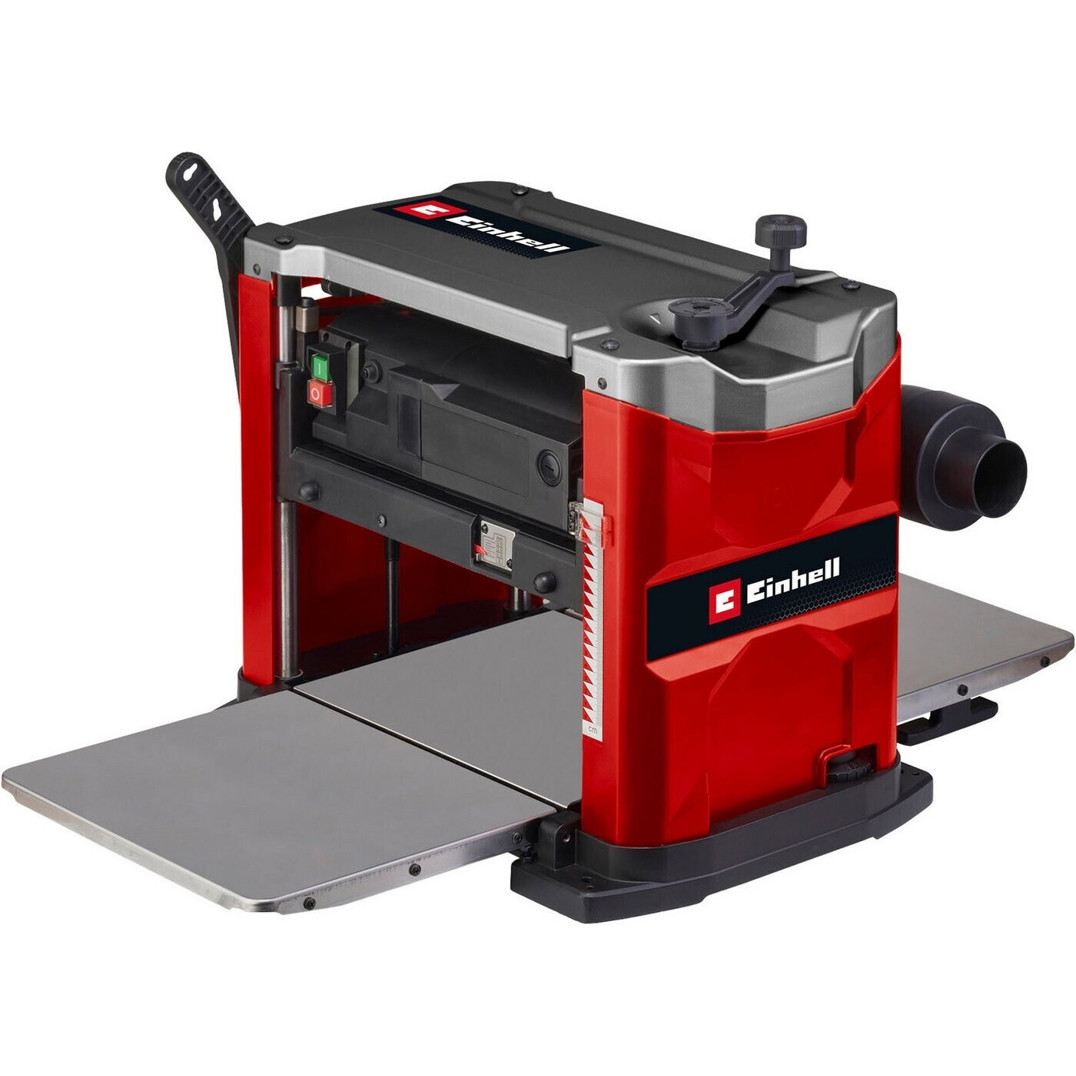Understanding Order Routers: The Backbone of Online Sales
In the hectic world of e-commerce, client fulfillment is not simply an alternative; it's a need. As the digital marketplace continues to broaden, so too does the intricacy of managing orders effectively. Go Into the Order Router-- a technological option guaranteeing that online orders are processed swiftly and accurately. This article will explore what order routers are, how they operate, their advantages, and why they are important for online companies today.
What is an Order Router?
Order routers are software application systems created to handle and disperse online orders across different satisfaction centers, warehouses, or merchants. They work by examining several factors such as stock schedule, shipping costs, and delivery times to identify the very best location for fulfilling each order. In essence, these systems function as a traffic director for orders, enhancing paths to improve performance and client complete satisfaction.
Key Functions of an Order Router
An order router carries out a number of necessary functions:
- Order Allocation: Determines the very best fulfillment place based on different criteria.
- Stock Management: Integrates with inventory systems to guarantee real-time information.
- Routing Logic: Uses algorithms to assess shipping costs and shipment times.
- Combination: Syncs with e-commerce platforms, payment gateways, and shipping services.
- Analytics Reporting: Provides information analytics to help services enhance their operations.
The Benefits of Using an Order Router
Carrying out an order router can offer a huge selection of advantages for online services. Here are a few of the most critical benefits:
1. Boosted Efficiency
Order routers streamline the order satisfaction process, lessening hold-ups and improving operational performance.
2. Expense Savings
By enhancing shipping routes and stock management, companies can considerably minimize shipping expenses and prevent overstock scenarios.
3. Improved Customer Experience
Faster and more precise order satisfaction leads to satisfied customers and enhanced client loyalty.
4. Scalability
As businesses grow, order routers can easily adapt to increased order volumes without needing a complete overhaul of existing systems.
5. Advanced Analytics
Order routers offer insights and analytics that can assist services make informed choices concerning stock management and order fulfillment.
6. Multi-Channel Support
Today's services frequently sell throughout several platforms. Mauernutfräse Test can efficiently handle orders from different sources, ensuring structured operations.
How Does an Order Router Work?
To much better comprehend how order routers enhance order processing, let's break down their operations into a clear circulation:
| Step | Process | Description |
|---|---|---|
| 1 | Order Placement | Customer places an order on an e-commerce platform. |
| 2 | Order Capture | The order is caught and sent to the order router. |
| 3 | Stock Check | The order router checks stock in real time. |
| 4 | Routing Logic | The system evaluates shipping costs and shipment price quotes. |
| 5 | Allotment | The order is assigned to the optimum fulfillment center. |
| 6 | Order Processing | The designated satisfaction center processes the order. |
| 7 | Shipping | The order is shipped quickly to the customer. |
| 8 | Tracking | Clients are supplied with tracking info for transparency. |
Features to Look For in an Order Router
When considering an order routing system, it's vital to recognize features that line up with your business needs. Here's a list of crucial features to try to find:
- Real-Time Inventory Management
- User-Friendly Interface
- Integration Capabilities
- Adjustable Routing Logic
- Comprehensive Reporting Tools
- Multi-Channel Support
- Consumer Notifications and Tracking
- Scalability Options
Regularly Asked Questions (FAQs)
Q1: How long does it take to execute an order router?
A: The application timeline can differ commonly from a couple of weeks to numerous months, depending upon the intricacy of the system and existing technology infrastructure.
Q2: Can an order router integrate with my existing systems?
A: Most order routers are designed to incorporate with popular e-commerce platforms, inventory management tools, and shipping services. It is vital to inspect compatibility with your existing systems.
Q3: Is order routing beneficial for small companies?
A: Absolutely! Small companies can take advantage of order routing by enhancing operations, lowering shipping expenses, and improving client fulfillment-- important aspects for growth in a competitive market.
Q4: What types of services can take advantage of order routing?
A: Any business that sells items online can gain from an order router, consisting of retail, wholesale, and B2B companies.
Q5: How do I select the best order router?
A: Consider elements such as pricing, ease of usage, functions, and consumer support. Consulting with specialists or checking out evaluations can also be valuable.
In the evolving landscape of e-commerce, incorporating an order router can be a game-changer for services looking to improve effectiveness, save expenses, and supply exceptional customer support. By comprehending the necessary functions, benefits, and features of order routers, companies can take proactive actions to simplify their order satisfaction processes. As the digital marketplace continues to grow, the ability to adapt and optimize operations will be more crucial than ever.
Investing in an order router is a substantial action towards accomplishing functional excellence-- guaranteeing that a service not only survives however thrives in the competitive world of online retail. As we move forward, those organizations that harness the power of technology, like order routers, will certainly lead the charge in providing extraordinary consumer experiences and driving sustainable development.

